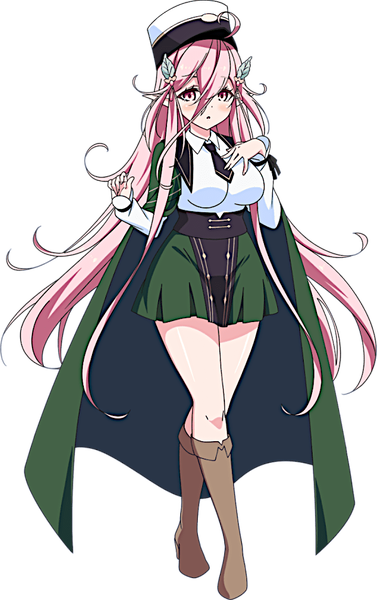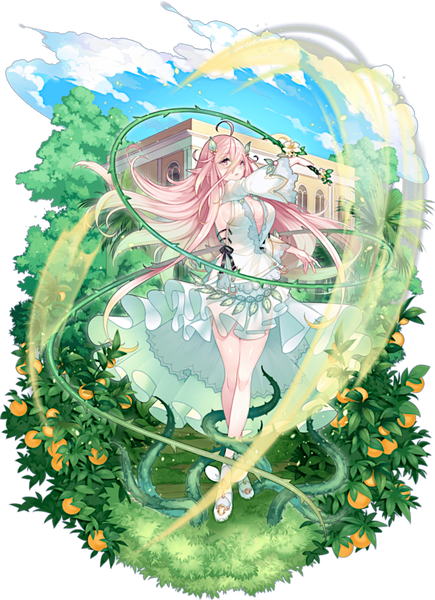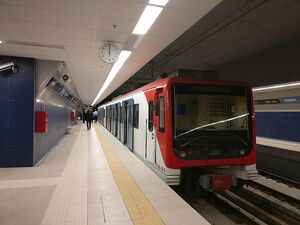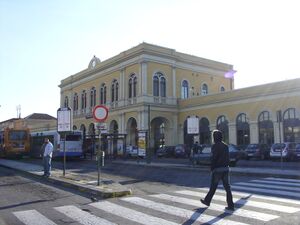Catania
| Catania | |||||
|---|---|---|---|---|---|
| Japanese Name | カターニア | ||||
| Weapon | |||||
| Race | Elf | ||||
| Nationality | |||||
| Birthday | June 27 | ||||
| Constellation | Cancer | ||||
| Talents | Able to manipulate plants | ||||
| Likes | Plants (especially blood oranges), Clean air and water | ||||
| Dislikes | Violence, Defilement, Fire, Ferocious Animals | ||||
| Strengths | Pure, innocent and kind-hearted | ||||
| Weaknesses | Very sensitive to uncleanliness | ||||
| Hobbies | Taking care of plants, Disinfecting things, Kneading bread dough | ||||
Ah... I, Catani... Please, don't come near me... I, I might kill anyone who touches me... I might be poison? Poisonous? That's why... that's why you must stay away from me please... I, I don't want you killed.
Related Layers
| Icon | Title | Release Date | Where to Obtain |
|---|---|---|---|
| [Awakened Girl] Catania | 2022 August 23 | [Altar of Judgement - Master Kash] Event Reward | |
| [One Who Walks With a Curse] Catania | 2022 August 23 | [Caught Like Butterflies & Flowers] Limited Gacha |
Skills
Trivia
- Catania's birthday is the opening date of Catania Metro in 1999.
- Catania's dislike for violence and fire is a homage to Saint Agatha of Sicily. Around the 3rd century, she was angered by her refusal to accept a marriage proposal from Quintianus, a Sicilian dignitary. For this, she was imprisoned and tortured. One of the most notable tortures she underwent was the severing of her breasts. After several more heated confrontations with Quintianus, she was sent to be burnt at the stake, which was halted by an earthquake. She was sent to prison where the apostle Peter allegedly appeared to her and healed her wounds. She later died in prison. She was praised as a saint for never abandoning her faith. Saint Agatha is the patron saint of rape victims, victims of torture, breast cancer patients, wet nurses, and bellfounders (due to the shape of her severed breasts). She is also invoked against fire, earthquakes, and eruptions of Mount Etna.
- Her favorite, blood oranges (as well as her heavy implications of blood in her Special Skill), are a variety of orange (Citrus × sinensis) (also referred to as raspberry orange) with crimson, almost blood-colored flesh. Within Europe, the arancia rossa di Sicilia (red orange of Sicily) has Protected Geographical Status. In the Valencian Community, it was introduced in the second half of the 19th century.
- Gabija (also known as Gabieta, Gabeta) is the spirit of the fire in Lithuanian mythology. She is the protector of home and family. Her name is derived from gaubti (to cover, to protect) or from Saint Agatha.
- The building in the background of [One Who Walks With a Curse] is the Catania Centrale railway station, designated as a cultural asset. The trees in the foreground are blood orange trees.
Counterpart
The Catania Metro (Italian: Metropolitana di Catania) is a rapid transit system serving the coastal city of Catania, Sicily, in Southern Italy. It is the southernmost metro system in Europe, the only one in Sicily and one of the seven italian metro systems as part of the Ferrovia Circumetna. The Catania Metro has been in operation since 27 June, 1999.
The section of the line between the stations of Borgo and Porto originally belonged to the Ferrovia Circumetnea narrow-gauge regional railway which opened to traffic in 1895. For the operation of the metro, this portion of the rail line was converted to standard gauge and mostly moved underground into a double-track 2.0 kilometres (1.2 mi) cut-and-cover tunnel, except for the part of the route adjacent to the coast which runs on the surface for 1.8 kilometres (1.1 mi) and which is single-tracked. Thus, the narrow-gauge Circumetnea railway's original terminus at Catania Porto had to be moved to Borgo due to the development of the Catania Metro. The Metropolitana and the Circumetnea railways are operated by the same company, which has its offices at Catania Borgo.
The Ferrovia Circumetnea (roughly translated as "Round-Etna Railway") is a narrow-gauge, 950 mm (3 ft 1+3⁄8 in), regional railway line in Sicily. It was constructed between 1895 and 1898. As the name suggests, the 110-kilometre (68-mile) line follows a route which almost completely encircles the Mount Etna volcano. From its terminal in Catania the line starts off westward and loops around Mount Etna in a clockwise direction (as seen on the map), eventually reaching the other terminal at the seaside town of Riposto, approximately 28 kilometres (17 miles) northeast of Catania.
An extension to the system was approved on 30 March 2006. It involves a branch from the existing line at Galatea westward through the city centre, which is planned eventually to reach Catania's Fontanarossa airport to the south. This solution was favored over proposals for an airport link by means of a new station on the Catania-Siracusa line, which runs past the airport and is part of the national rail network. Recent underground stations at Piazza Papa Giovanni XXIII and Corso Sicilia, near Piazza Stesicoro, among others, serve the city center since 20 December 2016 while the new track Borgo-Nesima (four new stations) opened in March 2017. Another extension, westward from the current terminal at Nesima, is also under construction as far as Misterbianco, toward the north-western border of the city. It is planned to open in 2020. Wikipedia
Catania Centrale is the main railway station of the Italian city of Catania, in Sicily. Along with Palermo Centrale, Messina Centrale and Syracuse it is one of the most important stations of its region. It is managed by the Ferrovie dello Stato, the national rail company of Italy. The station was inaugurated on 24 June 1866. One century later it was upgraded and renewed due to the electrification of the Messina-Catania line. The station was built in the same area as the sulfur refineries, where the "Le Ciminiere Exhibition Center" now stands, and was inaugurated on June 24, 1866, but opened to regular traffic on January 3, 1867, the day the Giardini-Catania section of the Catania-Messina railway (the first section of which had been inaugurated less than a month earlier) was opened for operation.
The station building constructed by Vittorio Emanuele, was very simple and lacked a canopy, and only after 1870 did the final construction The freight track bundle of the station, was affected on the sea side by the narrow-gauge rail link of the Ferrovia Circumetnea, from the Catania Gaito stop to the Catania Porto station, activated on July 10, 1898. Had the FCE's request been granted, the station would have had a double-gauge section with insertion into the last section of the Messina-Catania (at that time operated by the Sicula Company).
Catania Centrale is located close to the Port of Catania and by the sea. It has a railway depot and a link to the port. The station building has two floors and a portico and is protected by the national cultural heritage. The station is electrified and served by regional trains, by a metro line and by the Circumetnea railway. For long-distance transport there are InterCity and Express trains to Rome, Turin, Milan and Venice, linking it also with Genoa, Naples, Bologna, Florence, Pisa and other cities. Wikipedia












